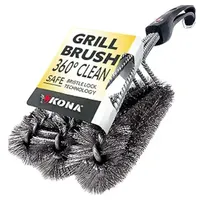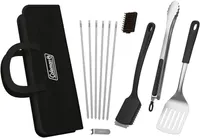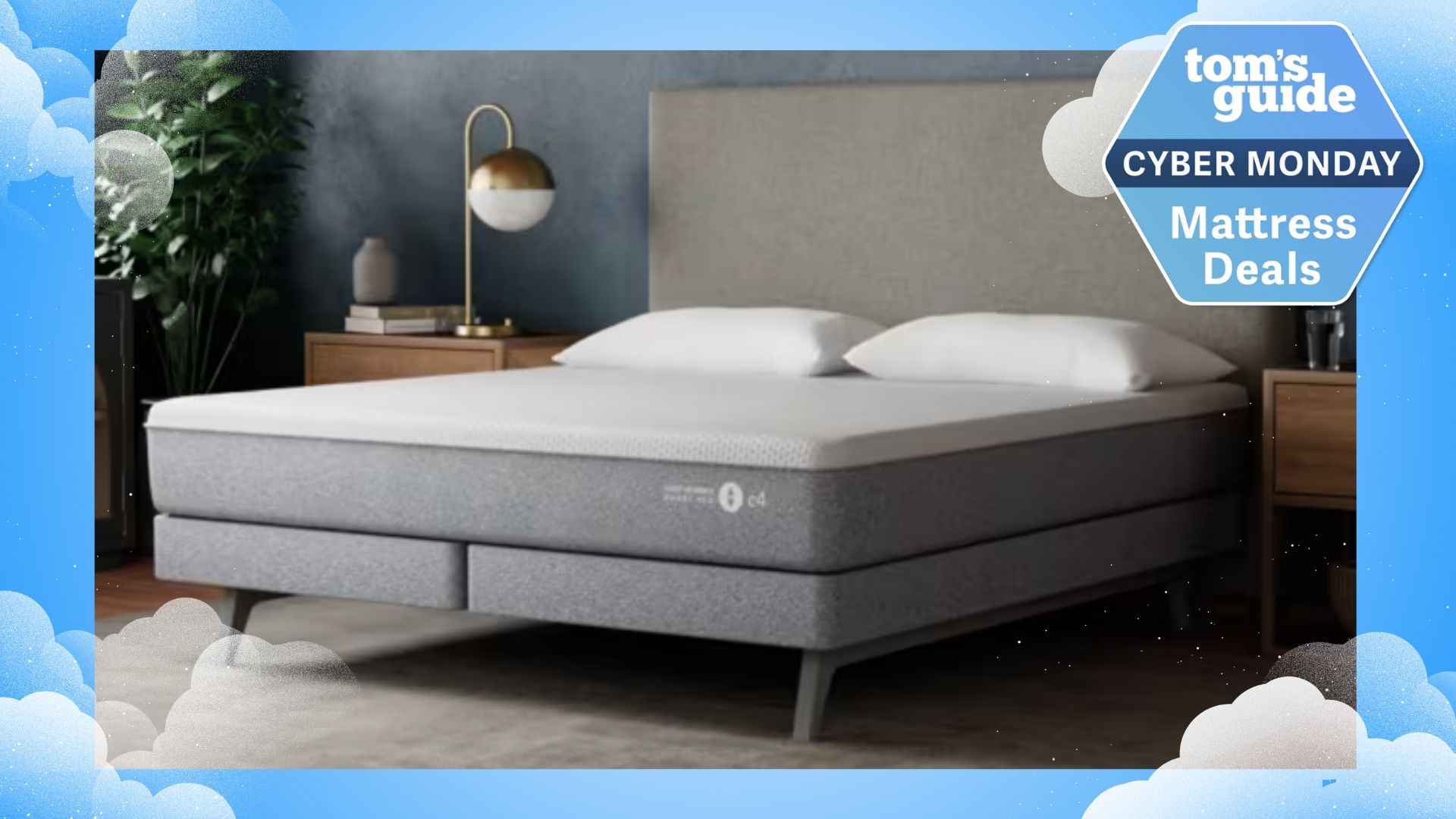How to stay safe this BBQ season: 9 grilling safety checks you’re probably forgetting
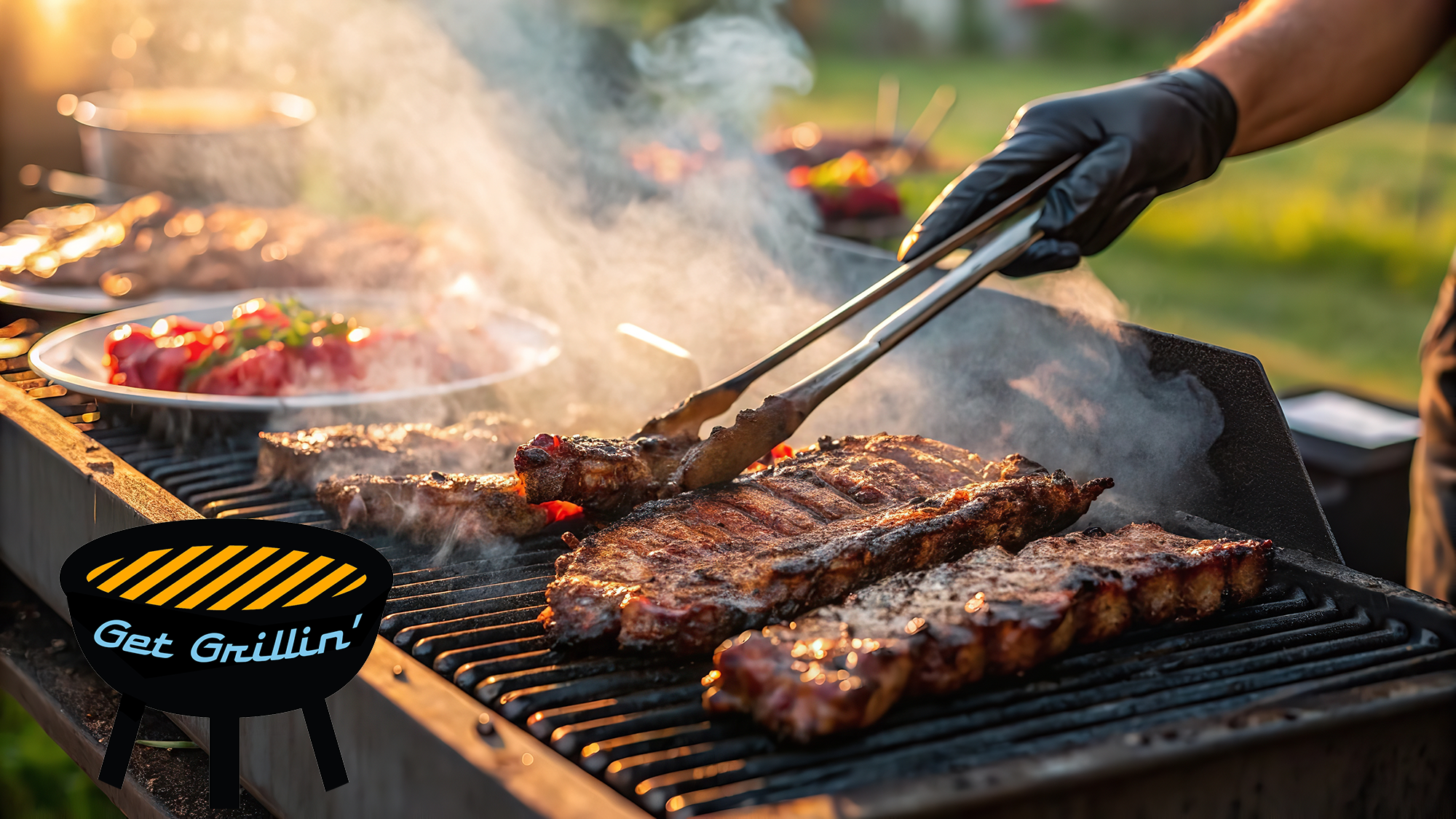
With the summer fast approaching, we are spending more time outdoors, swapping cozy dining for al fresco eating. Instead of relying on your gas range or electric range to cook your fare, your favored cooking companion switches to one of the best grills.
However, as your cooking method changes, the environment does too, and you need to be extra cautious to keep safe while cooking up a BBQ feast.
From fuel hazards to positioning your grill in the wrong place and wearing inappropriate gear, I’ve called in the experts to share their top 9 tips on the grilling safety checks you’re probably forgetting.
You might also be interested in how to stop pests from ruining your grill.
1. Fuel safety
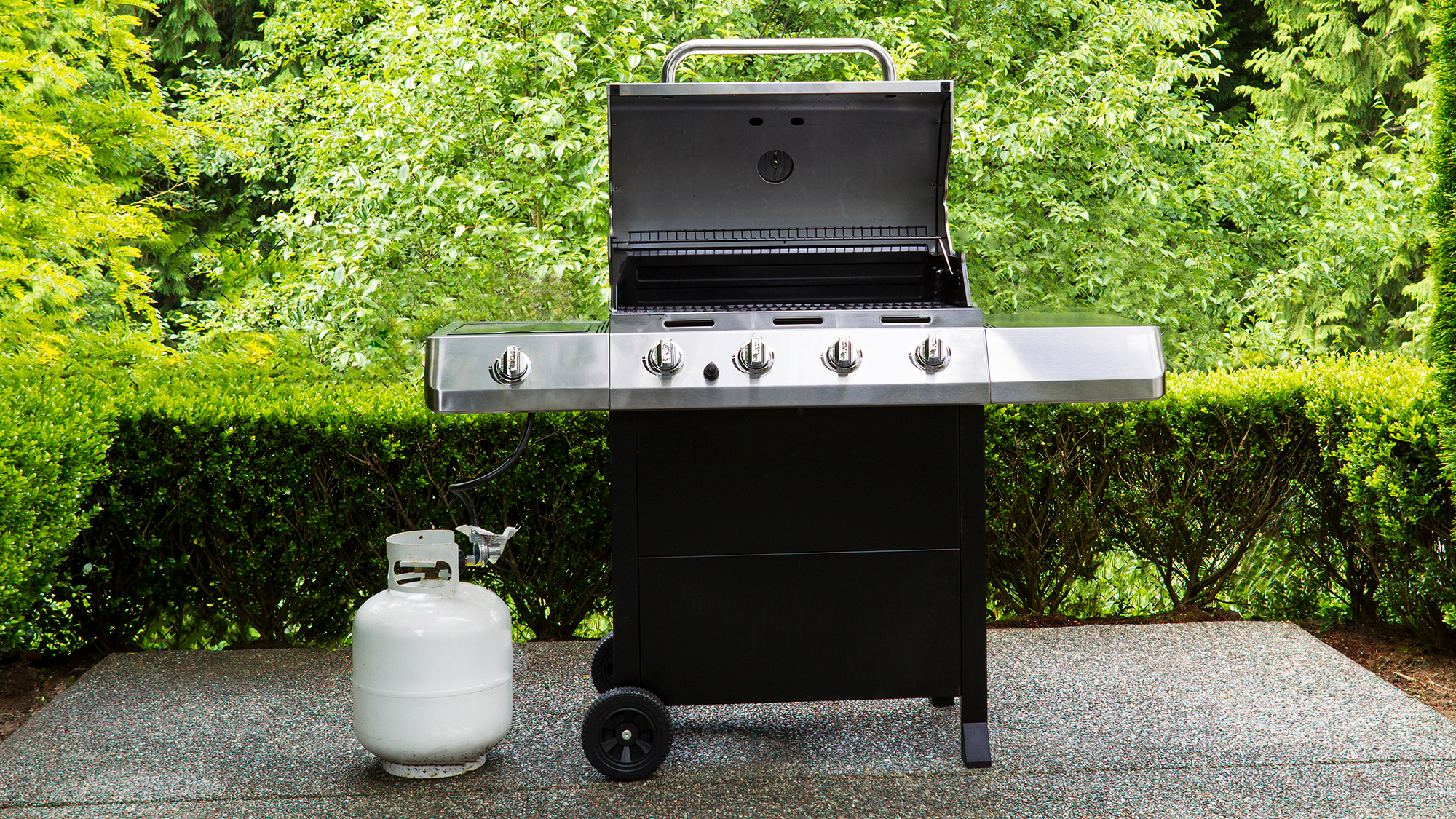
One of the most significant dangers of using an outside grill is the potential for fuel hazards, which is why it should be at the top of your safety checklist.
Ryan Schellhouse, owner of Firemetal says, “For natural gas, built-in grills, ensure that you know where the gas shut-off valve is located for the line bringing natural gas to your outdoor kitchen. If, for some reason, you don’t have a line shut-off valve for your outdoor kitchen, then you should know where the gas shut-off valve is for the entire house.”
For equipment that uses propane, he advises, “Make sure that you’re using commercially available propane tanks to ensure the propane tank valve has been serviced recently.”
Courtney Klosterman, a home insights expert at Hippo Home Insurance, also advises checking the gas tank hose for leaks before using it. Andy Wu, outdoor living expert and founder of Backyard Oasis, recommends applying a soap and water mix to propane connections. If you spot any bubbles, it’s a sign of a leak. He then recommends tightening the connections or replacing any parts before lighting your grill.
Get instant access to breaking news, the hottest reviews, great deals and helpful tips.
And if you are using a charcoal grill, Courtney says, “Only use charcoal starter fluid as a starter fluid; don’t add charcoal fluid or other flammable liquids to the fire.”
Wu also warns about stacking the briquettes incorrectly, “Charcoal setups need airflow to avoid carbon monoxide buildup, overstacking briquettes excessively is an invitation to an uncontrollable flare-up,” he warns.
Top tip
If you detect a gas leak, turn off the gas and don’t attempt to light the grill until the problem is fixed.
2. Be fire safe

Apart from being aware of fuel hazards and keeping up with fuel safety checks, having a fire extinguisher readily available is a top priority.
Wu recommends having a Class B (grease fire-rated) extinguisher nearby and that “everyone should be familiar with its location and proper use,” adding, “A small spark can become an inferno in seconds.”
Ann Ziata, chef at the Institute of Culinary Education, adds, "A fire extinguisher is the absolute best tool for quickly addressing small fires before they escalate. Fire extinguishers prevent property damage, prevent injuries, and save lives."
3. Stay on top of cleaning
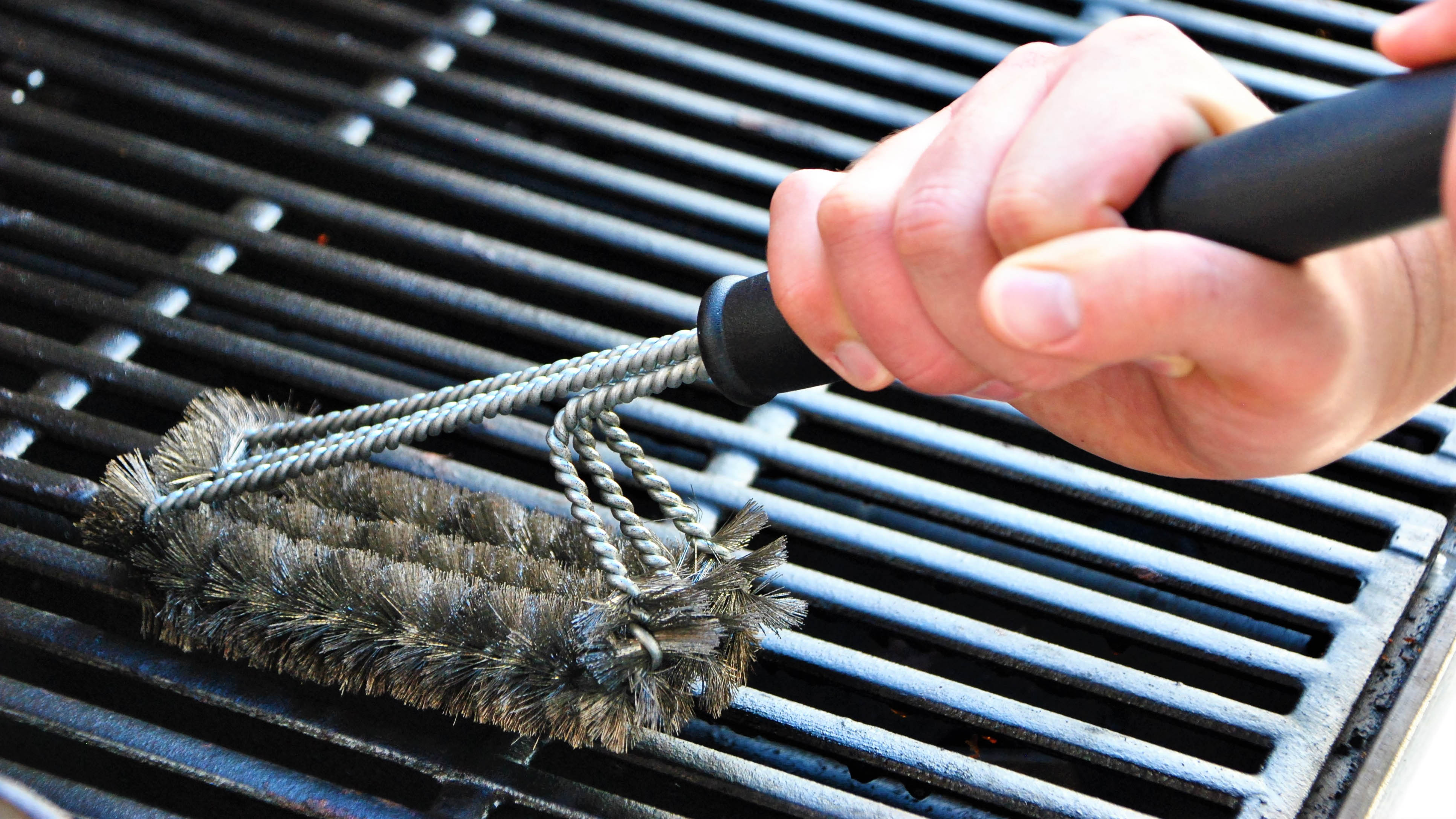
As we start to use our grills regularly, Jen Wilbert, assistant vice president of property portfolio at Travelers, says that the accumulation of food particles and grease can pose other hazards, with leftover food particles, particularly, being a health risk as they harbor bacteria.
Regularly cleaning a grill will help avoid food poisoning. Wilbert says, “Keep your grill clean in between uses by removing grease or fat buildup with a grill brush.”
Using one of the best grill brushes will make light work of the chore and will ensure that any food and grease residue is removed, ready for your next BBQ.
Top tip
For the sake of cleanliness and ease of use in the future, Schellhouse suggests, “Always let the grill run on medium to high for 8-10 minutes after use to burn off any food remnants. This keeps the grill cleaner and makes it less enticing for rodents and insects in between grills.”
He also suggests seasoning the grates with a high-heat oil, such as certain vegetable oils or avocado oil, to make them cleaner and easier to use the next time.
The Kona 360 Clean Grill Brush is designed with durable, bristle brushes, it also comes with a grooved finger rest and comfortable, long handle for ease of use. It's particularly effective at cleaning up after fish and is voted as the best grill brush overall in our buying guide.
4. Location, location, location
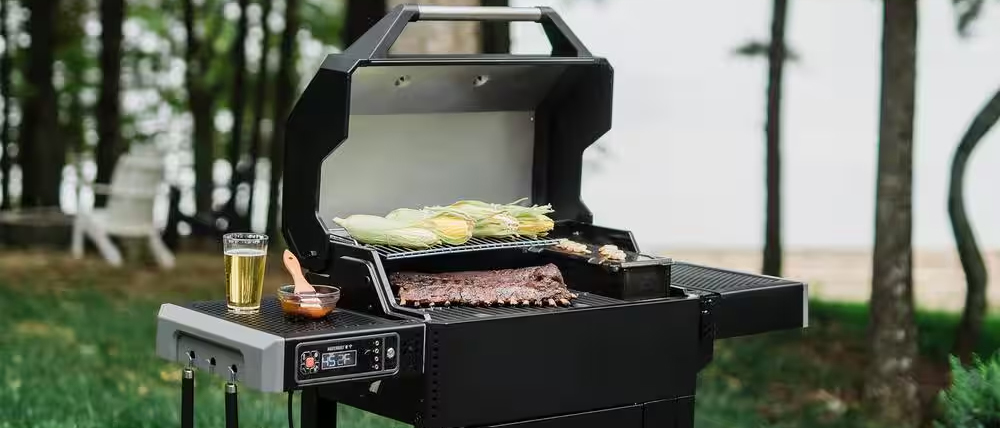
Choosing the best place for your grill will help reduce potential hazards, as sudden flare-ups can cause a fire. “Grills should be placed at least 10 feet away from any building, structure, or any combustible materials like plastic, wood, paper, and certain chemicals”, says Ziata.
She also advises that the grill should be in an open, well-ventilated area and never placed in a tent or under a canopy. Grilling under trees, overhanging branches and enclosed patios should also be avoided.
And Wu adds choosing a flat and level surface will help keep the grill steady and will eliminate any risk of the grill toppling over.
5. Don’t leave the grill unattended
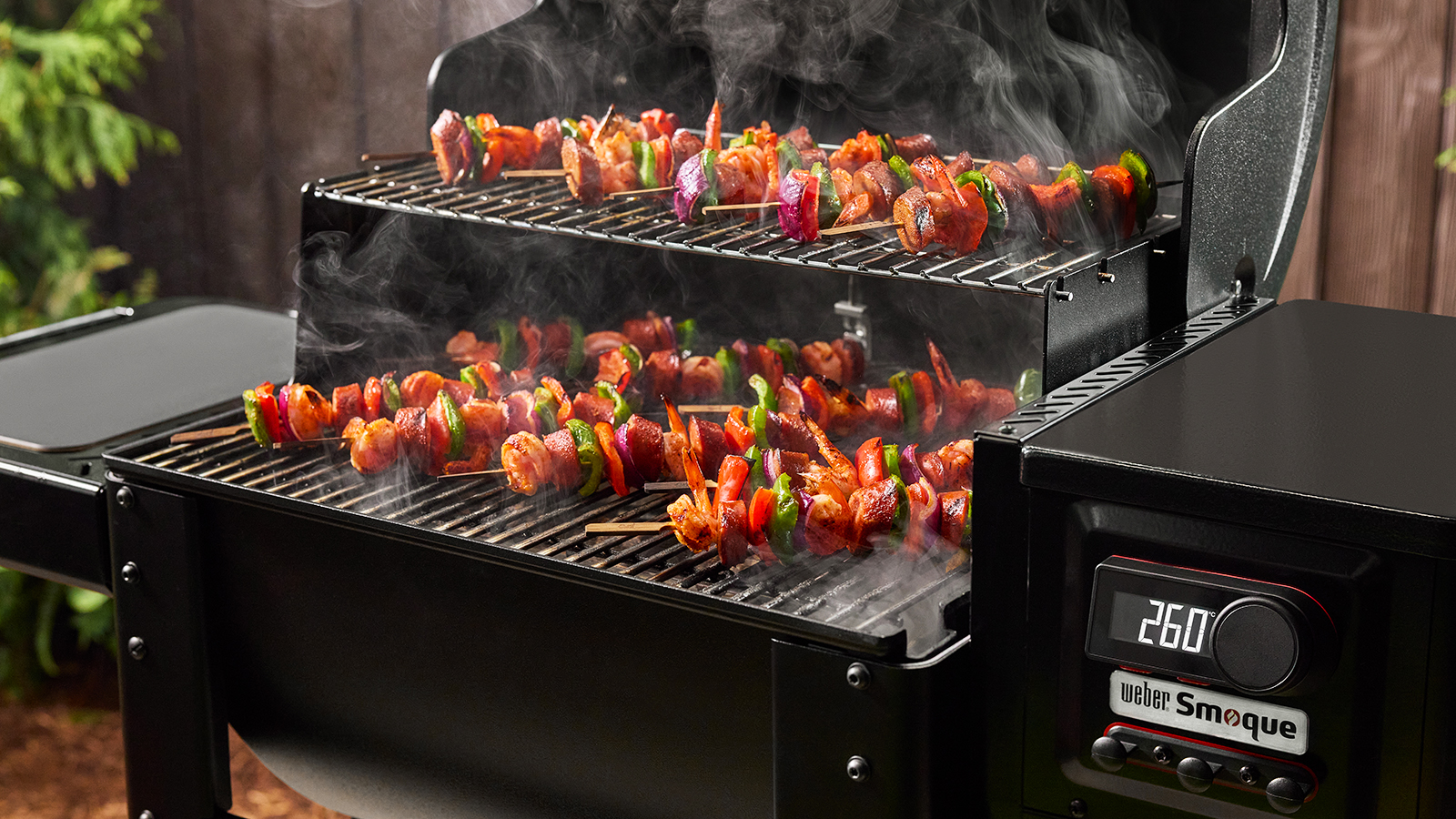
Ziata warns you to be vigilant at all times, “Remember you are cooking directly over an open flame. As long as the grill is on, you need to be alert and never leave the grill unattended,” and adds, “Grill fires can start from grease drippings accumulating and igniting, which is a higher risk when the grill is not properly cleaned, but also from contact with flammable materials and from leaving the grill unattended.”
6. Beware of children and pets
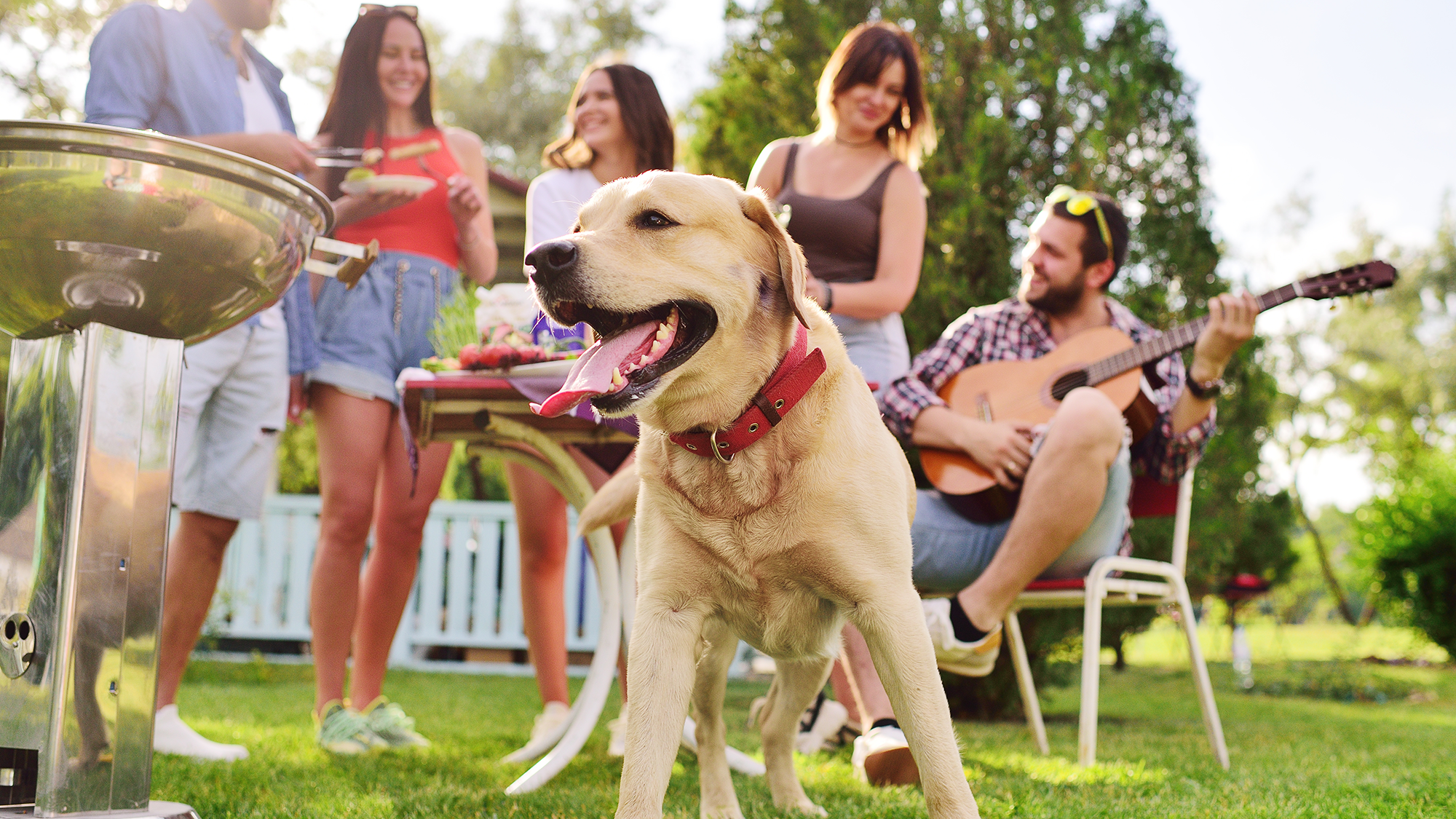
Hungry hounds and curious kids will want to get a look in on the action, but they should be kept at a safe distance to avoid burns and serious mishaps.
While a dog might be enticed to pinch a banger off the barbie, they risk knocking the whole grill over, causing burns and fires. While children can unintentionally touch the hot grills or get clothing caught in the flames.
7. Use the right tools
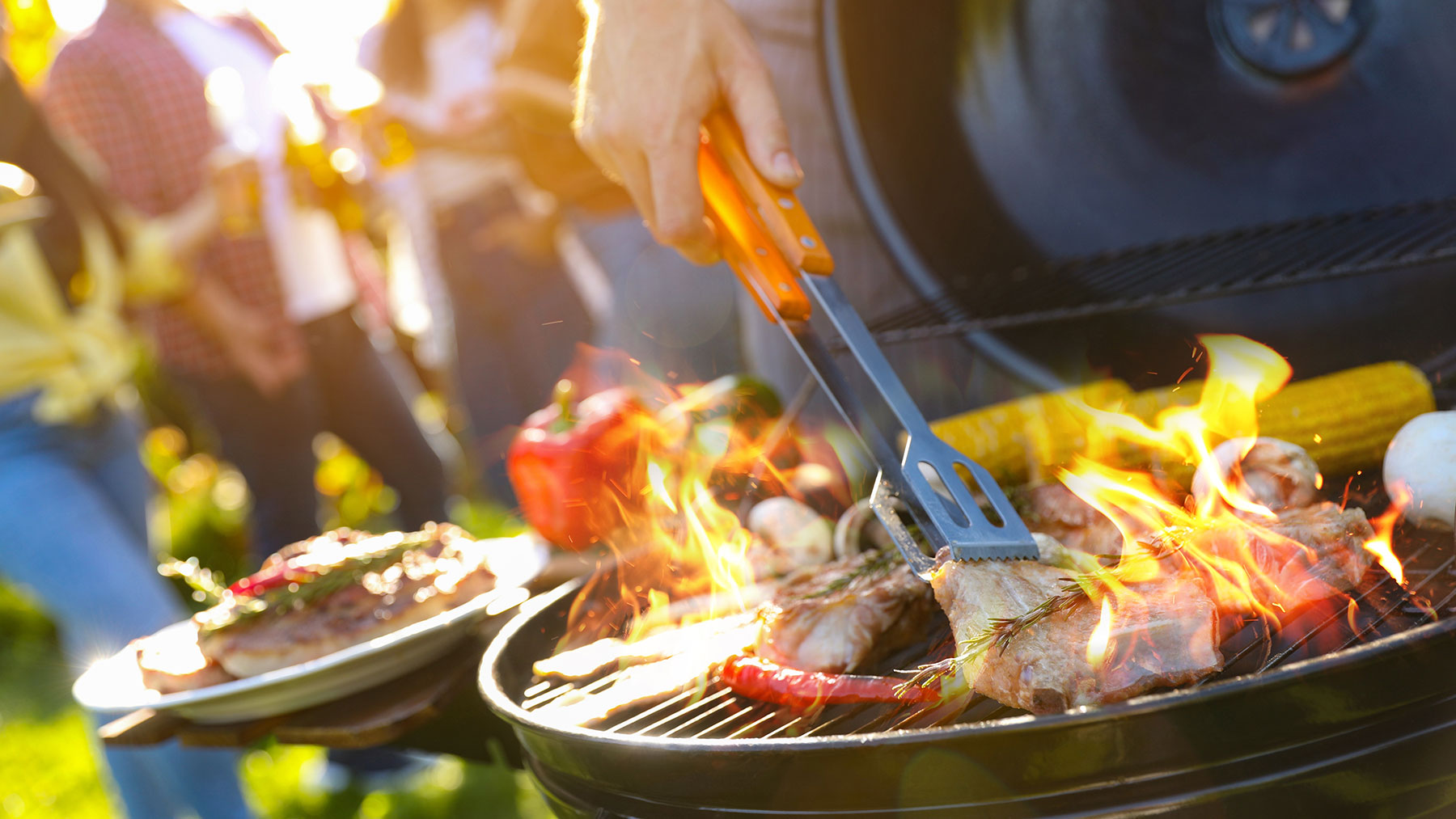
When cooking with your outdoor grill, it can be tempting to grab your usual kitchen utensils that you use indoors. However, think about your safety. “Long tongs and spatulas allow you to cook without ever having to hold your hands directly above the grill,” says Ziata, “Even at medium heat, you’d only be able to hold your hand six inches above the grill for just a few seconds before getting too hot.”
And she adds, "Long utensils let you flip and turn your food exactly when you need to. You’ll be able to work much more comfortably, safely, and efficiently without your hands ever getting hot or burned.”
This set has everything you need to grill like a pro. Made with durable stainless steel and heat-resistant handles, these tools are designed to last. The included carrying case makes it easy to store and transport your tools, making it perfect for camping trips or backyard BBQs. The set includes 6 skewers, a skewer removal tool, locking tongs, a spatula, and a Palmyra grill brush with a grill brush refill.
8. Use a meat thermometer
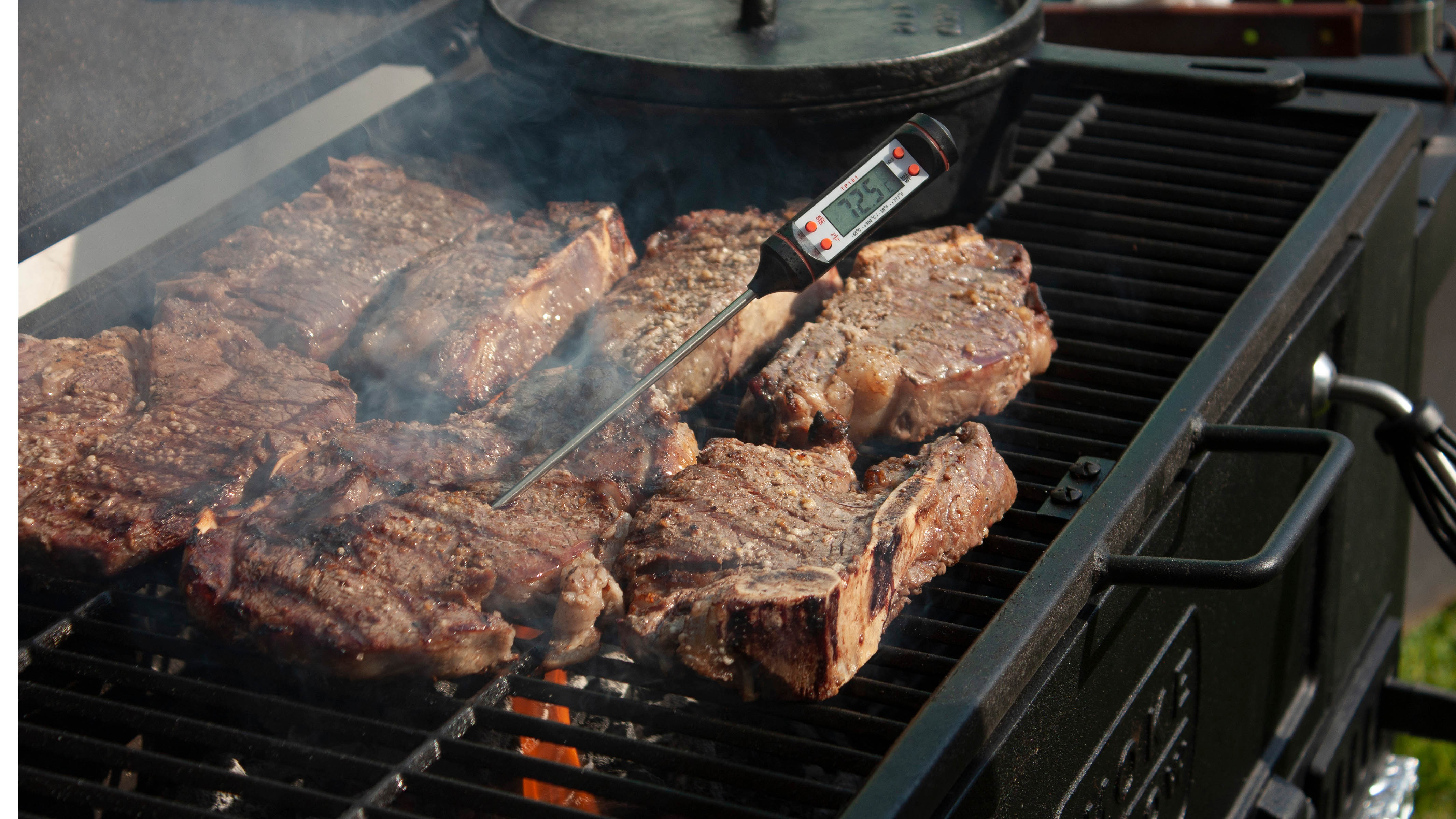
Apart from keeping yourself safe while using a grill, you want to keep your family and friends safe too. That’s why our experts always recommend using one of the best meat thermometers.
“When cooking over direct heat, such as when grilling, it can be challenging to uniformly cook the food,” says Ziata, “On a grill, there are hotter and cooler spots, and you’ll also have a much higher temperature on the bottom of the food than on top, especially compared to when cooking on the stovetop or in the oven.”
Due to the numerous variables, she recommends using a meat thermometer to check the food’s temperature, ensuring it’s safe to eat and at the desired doneness. And she adds, “Be sure to insert the thermometer into the thickest part of the meat, away from bones or fat, which would give you an inaccurate reading.”
Cooking temperature guide
Using a meat thermometer will help prevent illness and take away the uncertainty of whether your protein is ready to serve or not. Wu recommends the follow temperature guide for your protein:
Chicken: 165°F
Steaks: 145°F for steaks
Ground meat: 160°F
9. Dress smart
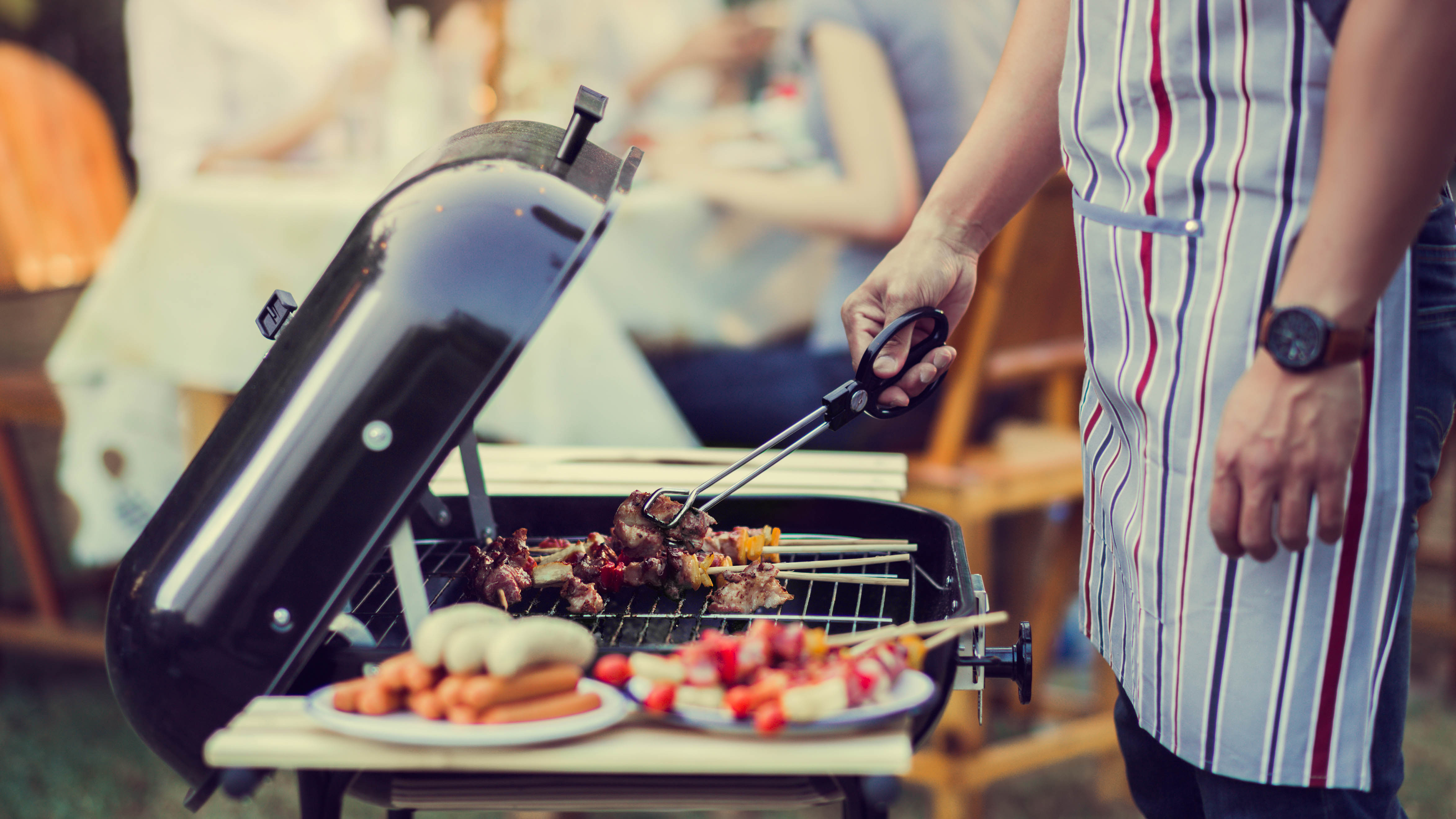
The clothing you wear can be a particular hazard with grilling outside, and it's best to avoid loose-fitting clothing which can get caught in the flames. Ziata says, “I recommend a heavy apron and strong heat-proof gloves that cover your forearms, both of which will help protect you from the heat.”
She also recommends tying back long hair and protecting feet with closed-toe shoes, which will keep them safe from dropped coals and drips of grease from hot food.
More from Tom's Guide
- Discover 3 things to discover before buying a grill
- And I tried the Masterbuilt Gravity Series 1150 Digital Charcoal Grill and Smoker, and it's ideal for summer feasting
- Plus, 5 things I wish I'd known before buying a smoker

Camilla is the Homes Staff Writer and covers everything to do with homes and gardens. She has a wealth of editorial experience, mounting over 30 years, and covers news and features, tests products for reviews and compiles buying guides.
Her work has appeared in business and consumer titles, including Ideal Home, Real Homes, House Beautiful, Homebuilding & Renovation, and Kitchen & Bathroom Business. She’s even appeared on the cover of Your Home, writing about her own house renovation.
Although she’s obsessed with decorating her home, she also enjoys baking and trying out the latest kitchen appliances. But when she’s not inside, you’ll find her pottering about in her yard, tending to her vegetable patch or taking in her prized hydrangeas.
You must confirm your public display name before commenting
Please logout and then login again, you will then be prompted to enter your display name.
